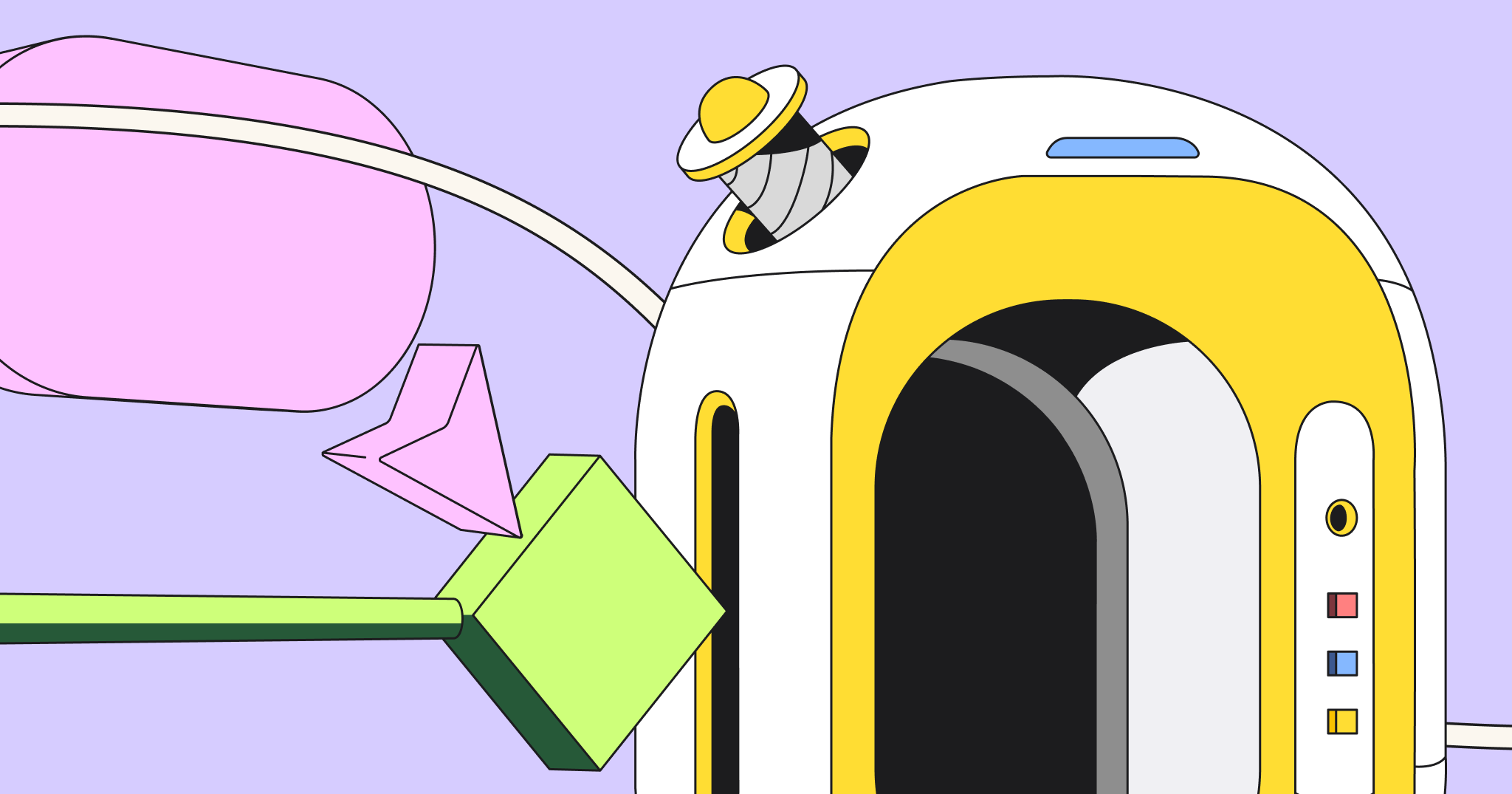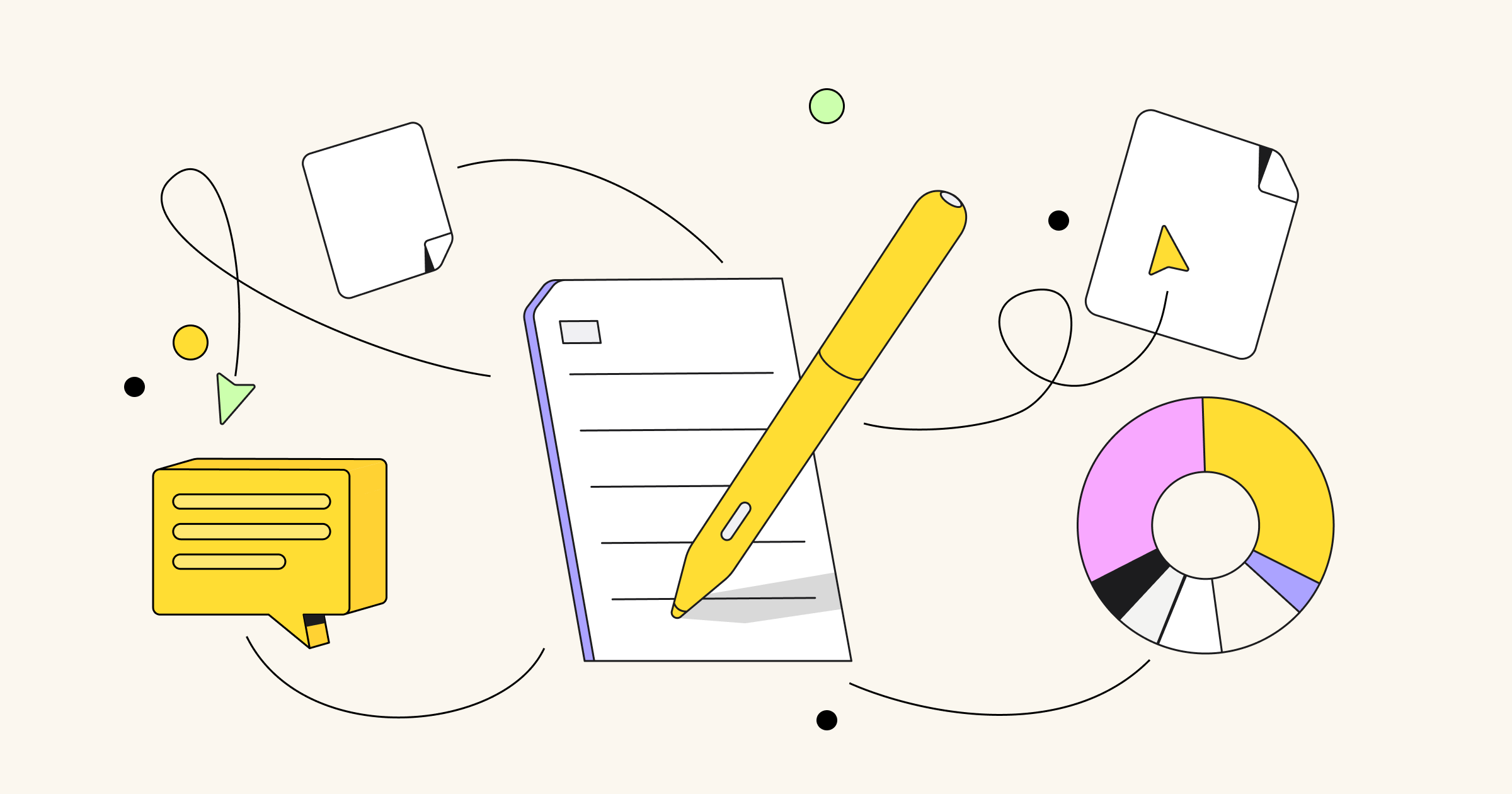For more than 125 years, General Electric has pioneered advances in energy, aviation, power generation, and healthcare that impact our everyday lives. GE Digital, the software solution subsidiary of GE, continues that tradition by helping industrial companies better operate, analyze, and optimize their business processes at scale.
GE Digital’s journey to simplify internal processes and deliver value to customers utilizes the principles of Lean management, an approach to work that supports the continuous improvement of processes and services.
Alli is a writer, astronomy enthusiast, and avid Lord of the Rings fan. She uses her product and teaching experience to help teams reach their potential through inspiring, actionable content.
For Paul Sloup, Vice President of Lean and Grid Services at GE Digital, Lean has always been about hands-on, face-to-face collaboration. In fact, he planned to travel to various sites around the world to meet with customers and internal GE Digital teams soon after being hired in March 2020. The goal was to conduct a series of kaizens, Lean workshops where cross-functional teams work together to address problems and identify opportunities for improvement.Unfortunately, fate had other plans. COVID-19 and stay-at-home orders forced a return home after only eight days.
“I’ve been trained to practice Lean in a very particular way for the last 15 years, using genchi genbutsu – or go to the real place and observe the real thing, building relationships face-to-face,” said Sloup. “We had to figure out how to keep the momentum in this Lean transformation while working fully remotely.”
Sloup and Kesh Subramanian, Vice President of Strategy and Operations at GE Digital, needed a way to recreate kaizens and maintain transparency.
We knew Lean was the way to go to drive business results, so when everything came to a screeching halt, we had to find a creative solution as soon as possible.
Kesh Subramanian, Vice President of Strategy and Operations at GE Digital
The team tried using various tools they already had available but faced some frustrating communication barriers.
“We muddled our way through using the tools that we had available to us (which were mainly presentation and messaging tools), but it was very challenging to facilitate Lean events,” said Sloup. “They didn’t foster the interconnectivity that we needed to facilitate dialogue.”
Sloup and Subramanian began searching for a tool to recreate the way the team would normally collaborate in person and allow them to keep building momentum for Lean.
Moving from in-person to virtual collaboration
Miro was able to recreate the look and feel of kaizens in a virtual format. The team worked with Miro Customer Success to set up an Enterprise account for GE Digital and prepare for their first kaizen within a couple of weeks.
Sloup prepared a Miro board ahead of each kaizen in the same way he’d prepare a conference room. However, instead of covering walls with sheets of paper and sticky notes, he filled his board with digital sticky notes, relevant documents, and frames that would serve as dedicated workspaces during the event.
An initial kaizen pre-Miro dealt with the end-to-end process of how they developed a proposal, generated a quote, then built and delivered software to the GE Digital customer. Creating a visual Value Stream Map allowed them to get a bird’s eye view of the current state of the process and identify issues and opportunities. As the multi-day workshop progressed, this diagram became more and more detailed.
Learn more about Miro
“We used the value stream map to create problem solving teams around each of the kaizen bursts identified,” said Sloup. “These teams used Miro to brainstorm new ways to resolve inefficiencies and pain points for the team and the customer. This approach was used to test prototypes and gather feedback. Miro’s digital sticky notes with ideas and comments could then be clustered, prioritized, and turned into action items.
“Lean principles combined with Miro, enables us to align on exactly what problems are critical for us,” said Subramanian. “We’re able to zoom out, see the big picture, then zoom into a specific area, which is important in the value stream.”
Unlike the white board in a physical workshop, Sloup’s Miro board was already digitized, allowing him to follow up in the months following each kaizen to track progress. By using Miro as a single source of truth, gathering additional information and resolving open questions with customers could be done efficiently, saving time and reinforcing a culture of transparency.
Miro allows us to connect with dispersed groups and, in a way, creates more transparency than a physical board.
Paul Sloup, Vice President of Lean and Grid Services at GE Digital
“I can go work with one group, leave, go work for two months with another group, then check back in by reviewing the digital board,” said Sloup.
The team began to use their boards for daily management of projects and tracking key metrics like quality and time to delivery. By pasting snapshots of these metrics side-by-side on a daily or weekly basis, the team could track changes over time.
“We want to look at our target metrics on a daily or weekly basis to understand where we are against the target that we have set up,” said Subramanian. “Miro provides a mechanism by which we can actually see that trend over time.”
More than 400 GE Digital employees across all functions have the ability to collaborate in Miro.
“We have already created hundreds of Miro boards within three months, which is really fast adoption for software,” said Sloup. “It’s beyond the scope of what I manage and to me that’s a good sign the tool is working as intended.”
GE Digital looks forward to hybrid approach to future collaboration
With Miro, Sloup and his team can access the most up-to-date information and workshop results asynchronously, significantly speeding up the decision-making process.
“Lean is a people-centric approach to getting results. When you take out the human element, there’s huge risk to whether Lean will work or not,” said Sloup. “We’ve been able to overcome this with digital tools like Miro. We are productive this way.”
“Time spent driving cross functional alignment and making decisions has come down from weeks to days using Lean techniques,” said Subramanian. “Instead of spending weeks emailing back and forth, you can quickly jump on a Miro board, leave your thoughts, and people can provide feedback asynchronously.”
Using digital tools has facilitated participation in workshops, increasing the team’s collective problem-solving abilities, and creating a culture of transparency and inclusivity.
“Miro has enabled us to keep doing what we know gets results, even under these constraints,” said Sloup.




